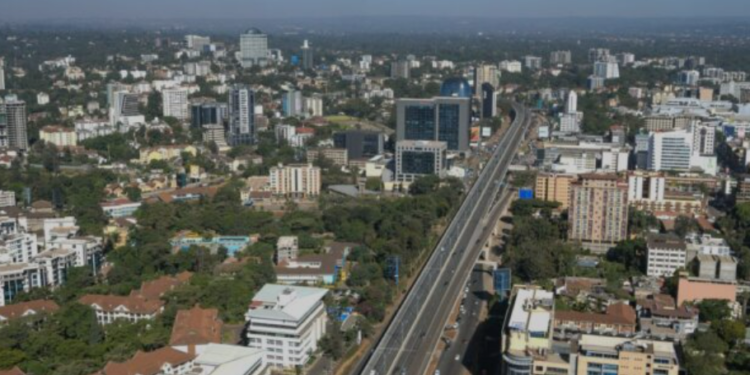As Nairobi grapples with congestion, housing shortages and rising living costs, Kenya’s satellite towns are stepping into the spotlight as the next frontier of urban development. Once considered commuter suburbs, towns like Kitengela, Athi River, Ruaka, Ngong, Ruiru and Thika are now evolving into self-sustaining urban hubs, driven by infrastructure investments, changing lifestyles and real estate demand.
According to the Kenya National Bureau of Statistics (KNBS), the population in Nairobi’s metropolitan region has gradually grown in the last decade, pushing many residents to seek affordable housing beyond the capital’s limits. The allure of satellite towns lies in their relative affordability. While an acre in Nairobi’s Kilimani can cost over KES 300.0 million, plots in towns like Kitengela or Juja range between KES 2.0–10.0 million, making them attractive for middle-income buyers and developers alike.
Improved infrastructure has been a major enabler. The expansion of the Nairobi Expressway, ongoing upgrades of the Eastern and Northern Bypasses and the electrification of the Standard Gauge Railway (SGR) have reduced travel times, connecting satellite towns more efficiently to Nairobi’s CBD and industrial zones. In Ruiru, for instance, a previously sleepy town has seen its real estate value spike by over 80.0% in five years, according to HassConsult’s Q1 2025 Property Index.
The transformation isn’t just residential. Developers are now integrating mixed-use projects, with shopping malls, schools, hospitals and office parks springing up in these towns. Tatu City in Ruiru and Crystal Rivers in Athi River are examples of master-planned communities aiming to blend work, life and play within a single development.
However, rapid growth has brought new challenges. Uncoordinated construction, pressure on public utilities, and zoning issues threaten sustainable urbanization. Water shortages and traffic jams are already becoming common in some towns. To address this, county governments must prioritize spatial planning and invest in sewer systems, roads and schools to keep pace with demand.
The rise of satellite towns marks a shift in Kenya’s urban landscape, one where the future of growth no longer lies solely in the city centre but in its dynamic periphery. If managed well, these towns could be the blueprint for inclusive, liveable and decentralized urban growth.
















